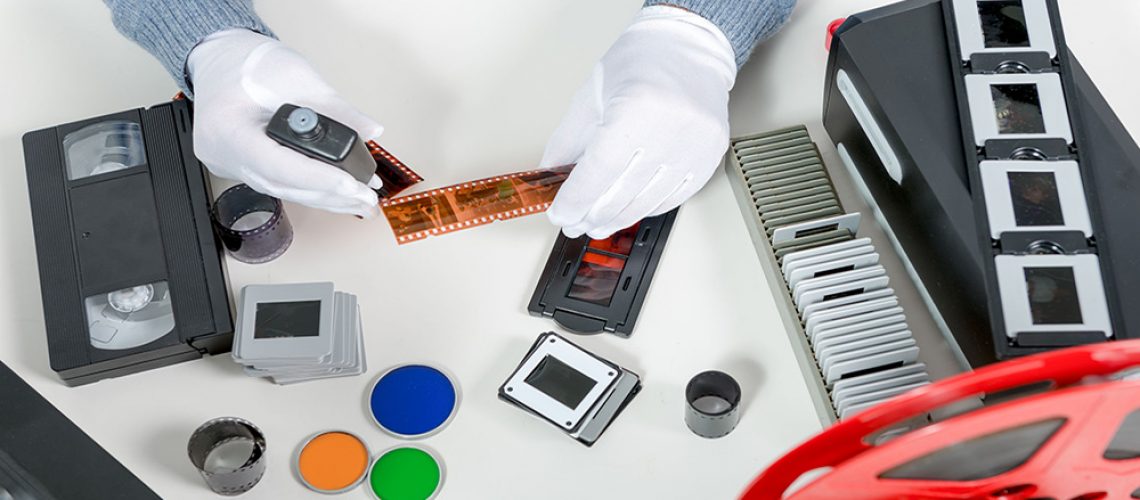
lewis
How to store your slides after digitization
- May 15, 2020
- , 8:25 am
- , Uncategorized
Unfortunately, photo slides were not made from long lasting materials, that’s why is important to know how to store your slides after digitization, so it does not take much to compromise the quality of the original slide. Additionally, this is now a redundant technology and it is very difficult to source projectors, the carousel cartridges and spare parts – so viewing slides is something very few households can still manage to do.
So, you have made the wise decision to digitize your slides, but you need to be very careful if you decide to store your slides after the digitization process.
Slides should be treated with the same care that you would give to negatives, and if you decide you still wish to keep the slides then they have to be stored away very carefully.
Slides are delicate and the film is thin, the slides are at a high risk for damage from moisture, heat, fingerprints, scratches, dust and light.
Selecting a storage method and preventing damage is crucial to maintaining any collection.
In this article, you will find reasons why you may want to re-use them.
How to Properly Handle your Slides
These tips are also valid when you are sorting through the slides before you send them off to Digitize Media for scanning and conversion.
- Make sure your hands are clean and dry before handling your slides
- Only hold the slides by the edges
- Make sure your negatives are free of dust and dirt prior to storing them.
- Purchasing a pair of anti-static gloves can prevent fingerprints, while also combating static that might attract dust to your slides as you work with them.
- Do not place slides on a tabletop or desk where they can easily get scratched.
- Do not leave slides on a light box or projector any longer than necessary, as extended exposure to light can cause fading.
How to Properly Store your Slides after Digitization
You really need to consider if you want to store you slides after they have been scanned and converted. Once they have been digitized then you have these precious images preserved in a new format – so in essence the slides are redundant. Also storing them is just more clutter and more space required. Consider holding on to them carefully. If, however you decide that you do wish to keep the slides after digitizing then follow the advice below.
These tips are all about storing slides safely:
- Put the slides in polyethylene sleeves or in a slide carousel as these will not cause any damage to the slides.
- Store the slides in a plastic box made of polypropylene if possible or if not any clean box.
- Do not stack the slides as air moisture can make the slides stick together. Store slides vertically, not stacked and banded.
- Choose a place with low humidity.
- Store the slides in a cool, dark and dry environment where the temperature does not alter much or change rapidly. Do not use the attic or garage where the temperature is not controlled.
Selecting a Storage Method
When selecting a storage method for your slides, ask yourself these questions:
- How often you will need access to the slides?
- How many slides you need to store?
- For a large quantity of slides, a slide file storage box is the best option
- For small collections or slides that will be referred to on a regular basis, use polypropylene slide pages stored in a box album.
Slide file storage boxes can be purchased in a variety of sizes, depending on how many photo slides you need to store. You can even purchase tabs that work like file markers to organize your slides according to subject.
The slide sheets have clear plastic that will allow you to view your photo slides without removing them from their slide sheets.
The Photo Activity Test (PAT).
Using slide pages will protect the slides from damage due to excessive handling. All storage materials should have passed the Photo Activity Test (PAT).
The PAT was developed by the American National Standards Institute (ANSI) and is a test that determines whether or not a storage material will cause fading or staining in photographs.
There are paper and plastic enclosures and storage boxes designed for film formats available from most manufacturers.




